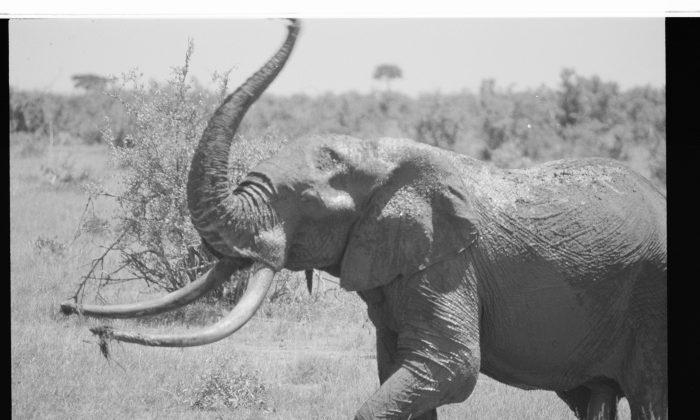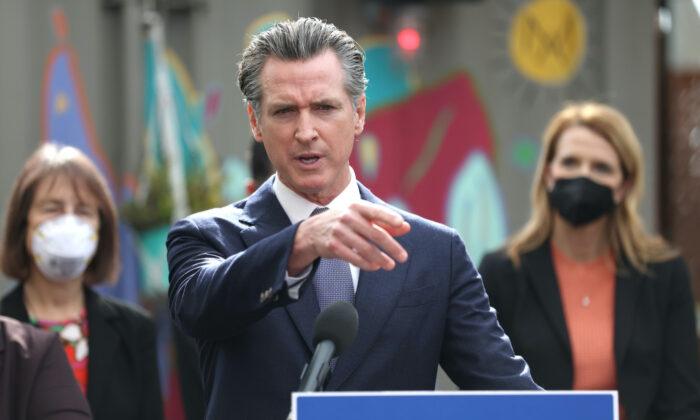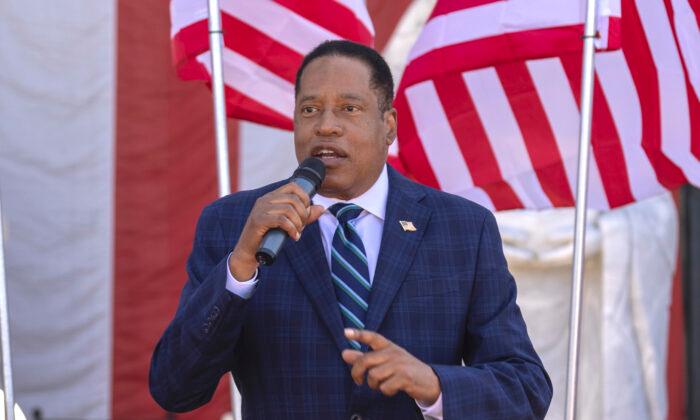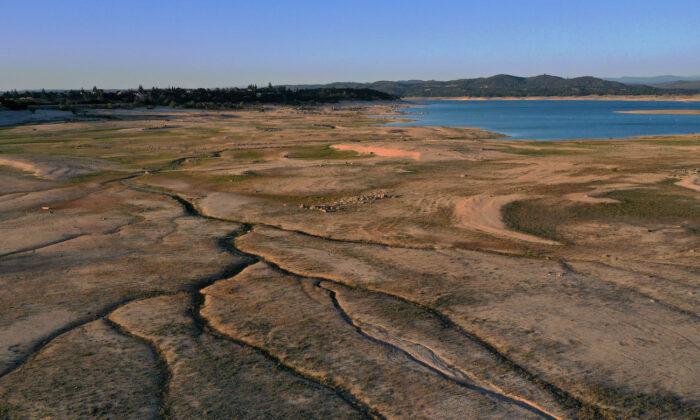The world is in the midst of an international effort to raise awareness of the problem of elephant poaching and its dramatic impact on the survival of the species, said documentarian Marie Wilkinson during a recent phone interview, but she said there’s still a lot more to be done.
“Governments are starting to take responsibility,” said Wilkinson, who has co-authored multiple books, produced award-winning photography, and is now finishing a documentary called “Walking Thunder” with her husband Cyril Christo. “While the problem hasn’t gone away, there are a lot of people working on it.”
Right now, members of the UN’s CITES (the Convention on International Trade in Endangered Species) are meeting from September 24 to October 5 to discuss changes to the restricted trade of elephant ivory.

CITES is considering a proposal to reclassify all African elephants to the category Appendix I, which only allows trade in “exceptional circumstances” for species “threatened with extinction.” The elephant is already classified as Appendix I, the highest level of protection, in all member states except Botswana, Namibia, Zimbabwe, and South Africa.
However, another proposal by Namibia and Zimbabwe seeks to lift the ban on international ivory trade, purportedly in order to fund conservation efforts by selling stockpiles and to support communities living near elephants. Yet trading allowed in the past by CITES has shown to increase international demand and poaching.
China is the biggest ivory consumer, but has announced plans to shut down the domestic ivory market. The U.S. has recently enacted an extensive ban on the sale of African elephant ivory.
The African elephant population originally plummeted during the 1970s and 1980s from about 1.3 million to 600,000.

According to a report released Friday at the convention, elephants in Africa have again seen the largest decline in population in 25 years, falling to about 400,000. The International Union for Conservation of Nature (IUCN) estimates that the overall population has decreased by 111,000 in the last ten years, with a few countries reporting stable or increasing populations.
Another recent study called the Great Elephant Census found the population of Africa’s savannah elephants fell by 30 percent between 2007 and 2014.
This rate of elephant decline prompted Britain’s Prince William to warn the public last week that elephants could be gone from the wild by the time his daughter Charlotte turns 25 years old.

“It’s something everybody should be concerned about,” said Christo, who wholeheartedly supports the ban on ivory trade.
Wilkinson said there should also be a concerted effort to combat the reasons behind poaching, such as poverty and corruption.
The poaching problem is “not about wildlife. It’s about the human soul,” said Christo with a tone reflecting his passion for the dignity of all life. He questions the sanity of allowing the sale or trophy killing of any endangered species, essentially allowing greed to replace human compassion.
Elephants have played a central role in many indigenous cultures, with herds of the animals digging crucial water holes during times of drought and helping disperse seeds and improve the health of the ecosystem through their migration. There are also stories of elephants showing incredible kindness to humans, such as one in which an elephant built a brush barrier around a woman giving birth to protect her from predators.

But elephants can be dangerous creatures. A tourist was trampled and killed earlier in September in a Kenyan national park while trying to take a photograph of the animal, and five people were killed in elephant attacks in March in India.
“They are being stressed,” said Christo of the elephant population. Christo and his family, including his son Lysander, have traveled extensively to Africa and taken stunning photos of the elephants.
“We want to educate and share with the world, families in particular, the beauty of the planet, the importance in saving and protecting and experiencing it, and make people aware of the challenges the entire planet is facing,” said Marie Wilkinson.
“It’s an extraordinary time,” said Christo. “An entire continent is at stake.”






Friends Read Free